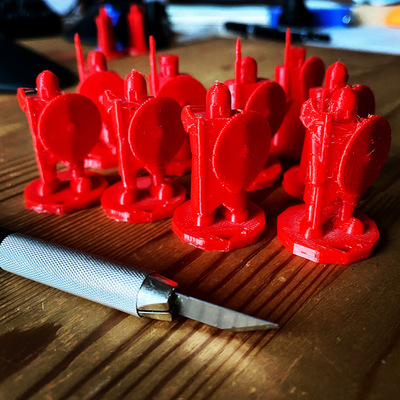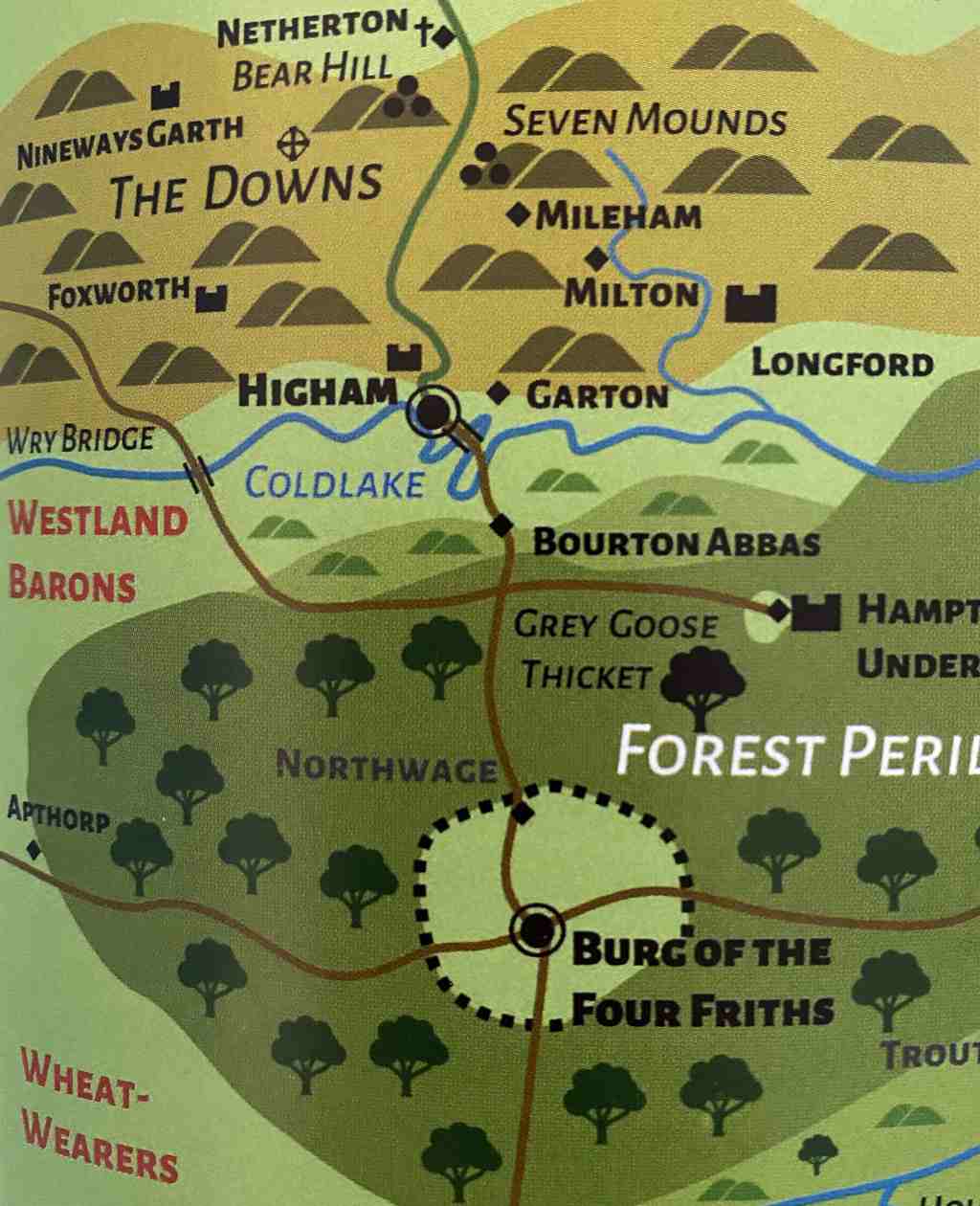
|
Third Blue Wizard |
| 2022-12-31 |
Third Blue Wizard

Received my physical copy of In the Hall of the Third Blue Wizard, issue 1.
The logo is reminiscent of the MIT Press logo, but instead of seven pillars, there are three of them. On page iii, the pillars support an architrave which is not present in the smaller logo adorning the head of each page. Maybe it's simply three notches, it is the third blue wizard after all. The colour of the notches changes from light blue to a light grey to a darker blue, it doesn't go white. The colour changes as we go from one article to the next.
I do not know why but "The First Fantasy World-Builder" title immediately attracted me. Maybe it's the simple joy of finding something immediately anchored in the history of the art. Or simply because it's the longest, most imposing, title with its full span going: "The First Fantasy World-Builder: William Morris' The Well at the World's End".
But Tolkien was not the first world-builder. The late-Victorian polymath William Morris, best known as a poet, artist, designer, and socialist, was in his final years an author of fantasy literature which Tolkien read and acknowledged as an influence.
The article explains us why William Morris matters to fantasy readers and fantasy creators. The world whose end sports a well is then invoked more practically with map, pointcrawl, encounter tables, and glossary. Dance me to the end of, well.
This article makes the Third Blue Wizard, issue one, a must.
The Chevrelier intrigued me. A Chevalier who rides a goat? I was expecting to find an OSE class description, with its advancement table, but instead I found an engaging slice of fiction, an encounter with a Chêvre-eater. But what Chêvre? Names are dropped, there are cow milk and ewe milk cheese mentioned, but no doe milk cheese. There is a hint of powdery ash from the rind of a breakfast on the moustache of the rapier wielding chevrelier, but ash is not limited to chêvres.
From our "cheesary" or "cheese manual", let's evoke the Crottin de Chavignol for its name, its closed-fist size, and its hardened rind which makes it suitable for the adventurer's pocket. Crottin, salami, shepherd's knife and some vin du pays. Exploration and fights make one hungry, and thirsty.
